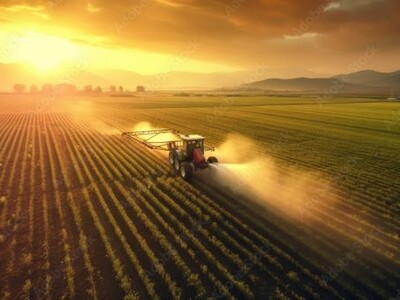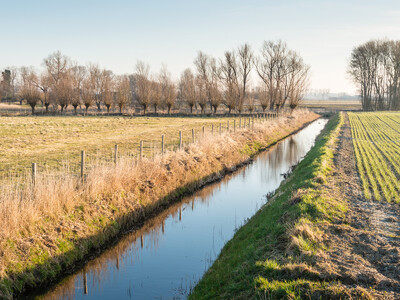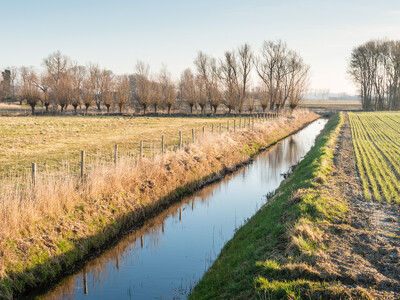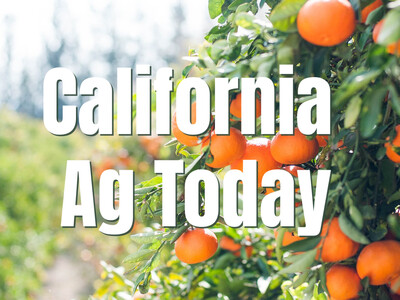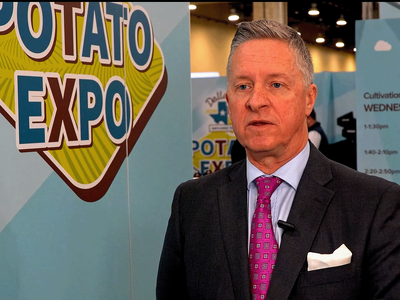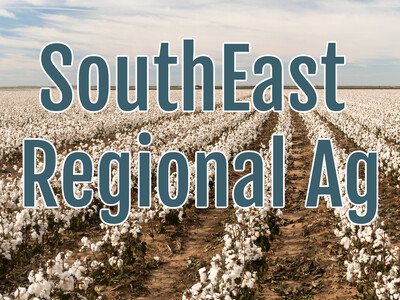Developing Community Wind
Developing Community Wind. I’m Greg Martin as Line On Agriculture presents the Harvest Clean Energy Report.
Wind energy is becoming a very popular alternative for power generation in many locations. And while the infancy of wind farms has been controlled by large companies, the next generation belongs to the small farmer or communities. Terry Meyer, founder and owner of Cascade Community Wind Company explains.
MEYER: We basically allow for communities to collectively be able to put up a commercial scale wind turbine that no one individual would ever be able to do but by allowing each to buy a subscription to part of the output we are able to virtually net meter, i.e. we were able to pay down their power bill and get them the renewable energy from that portion or the turbine
Meyer says the cost for individuals is 1% of the total cost of the project.
MEYER: You get 50 of those and you’ve got half the project paid for. The other half of the project at least currently there’s some good federal funding that covers most of that and then 50% of the revenue from every check we get for selling the power goes to those subscribers and pays down their power bill and the other 50% is what we run the turbine on.
He says they can work with individual farmers as well.
MEYER: Farmers are seeing wind farms going up all over the place and if you happen to own thousands of acres that’s all fine and good but if you’ve got only a couple hundred acres then you’re kind of out of luck. And this allows them to get wind energy on their place. They get a lease like similar to a wind farm lease but they also get ownership in the turbine. So without any cost to them they’re making money and having partial ownership.
There are a lot of other great examples around the globe of successful community wind projects.
MEYER: Wind energy is not like hydro or like nuclear or coal plants in that to really get the best efficiency you need to make a really big project that requires these gigantic sources of funding but there’s no reason you can’t do a single turbine, the same kind that’s in a wind farm out by the barn. In Iowa and Minnesota they’ve had some really great pioneers that developed great community wind industry out there. Ontario and most of Europe is developed much more on a community basis where you have clusters of 1 or 2, maybe 5 or 10 turbines but they’re owned by local investors.
For additional information on clean energy, visit harvestcleanenergy.org. That’s today’s Line On Agriculture. I’m Greg Martin on the Ag Information Network.???www.harvestcleanenergy.org





